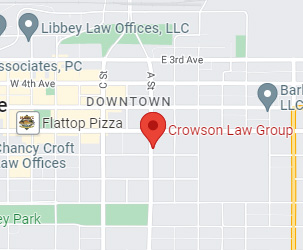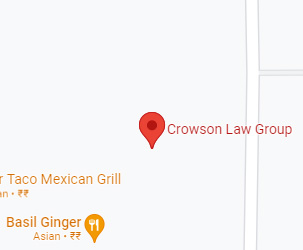Alaska’s Punitive Damages Statute: Caps and Conditions

Under Alaska law, punitive damages function as an essential instrument to punish extreme misconduct while simultaneously discouraging repeated misconduct from occurring again.
Punitive damages function differently than compensatory damages since they enforce penalties against defendants who demonstrate extreme recklessness or malice. According to Alaska Statutes § 09.17.020, the legal parameters define when and under what circumstances punitive damages can be granted.
Caps on Punitive Damages
An Alaska personal injury attorney can direct you through the existing statutory boundaries when you need to file a punitive damages claim. Alaska regulates punitive damage awards through maximum limits designed to limit outrageous and imprecise awards.
General Cap
Punitive damages follow one of two limits: either three times the compensatory damage amount or $500,000, whichever exceeds the other. The legal restriction establishes that punitive compensation amounts must correspond to the damage sustained by plaintiffs. The caps exist to stop baseless litigation and undeserved monetary rewards but ensure wrongdoers remain answerable to the law.
Exception for Reckless Conduct
Recklessness and financial motivations can trigger Alaska law to boost the maximum allowable punitive damage amount. When punitive damages exceed compensatory damages or financial gain through wrongful conduct and reach $7,000,000, their maximum will be the highest. The courts may impose punitive damages when a defendant knowingly endangered others while choosing financial gain over safety. Judicial bodies use this rule to prevent organizations and people from practicing dangerously reckless conduct.
Intentional Harm
Punitive damages awards remain unrestricted when the defendant intentionally creates harm. Under these circumstances, courts can award punitive damages that exceed the established statutory maximums. The rationale behind this exception is straightforward: The severity of purposeful harm outweighs negligence and recklessness, so courts require stronger punishment measures.
Conditions for Awarding Punitive Damages
Punitive damages remain unavailable in all legal situations. These awards have limitations under the law that prevent their improper use.
Clear and Convincing Evidence Standard
The proof standard that plaintiffs must demonstrate remains highly challenging. Proof of punitive damages requires more substantial evidence than compensatory damages because plaintiffs must establish clear and convincing evidence of the defendant’s malice and reckless disregard for others’ rights. The strict standard of proof safeguards defendants from false or excessive allegations.
Bifurcated Trial Requirement
Under Alaska’s court system, punitive damages go through separate hearings known as bifurcated trials to maintain fairness. This means that the case is divided into two phases:
- The initial segment establishes liability and awards compensatory damages to the parties.
- Following the proof of liability, the court evaluates the imposition of punitive damages.
A two-step procedure safeguards jurors against emotional manipulation when deciding on damages liability.
State Allocation of Punitive Damages
Under Alaska’s punitive damages law, the state’s general fund receives half of all punitive damages judgments while the plaintiff retains the other half. Through this legal provision, punitive damages protect public policy by discouraging wrongful conduct, even though plaintiffs do not automatically receive the damages. The rule forces plaintiffs to calculate carefully between punitive damage benefits and possible financial consequences with their lawyers.
The punitive damages statutes of Alaska protect both the public interest in punishing wrongdoers and the plaintiff’s right to fair compensation.
The state maintains rigorous damage limitations to control excessive payments but exempts cases involving reckless or intentional misconduct. Knowledge about these limitations helps claim pursuers develop better expectations and strategic plans for their cases. Expert legal guidance from an Alaska personal injury attorney will lead you through complicated legal standards to receive proper justice.


